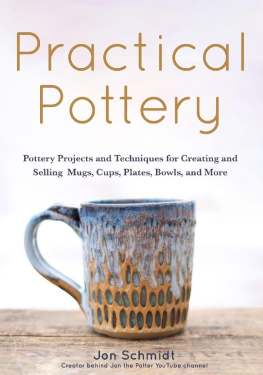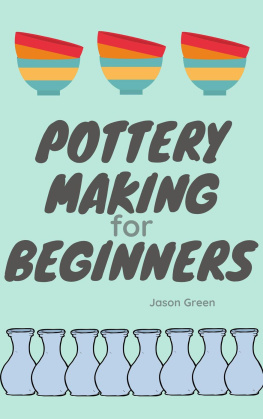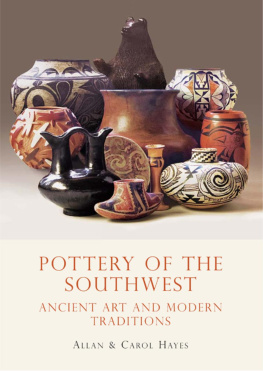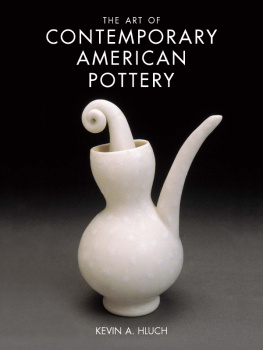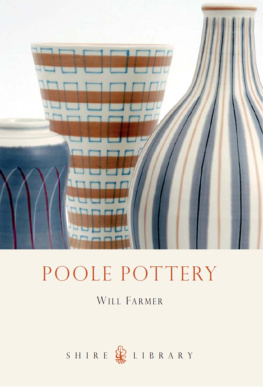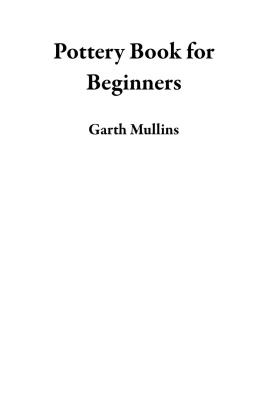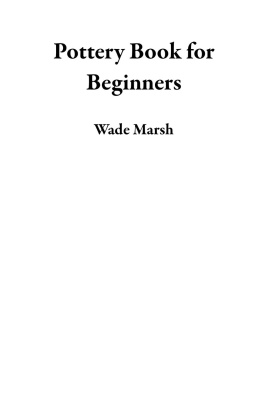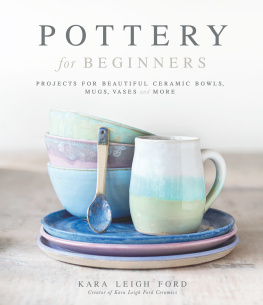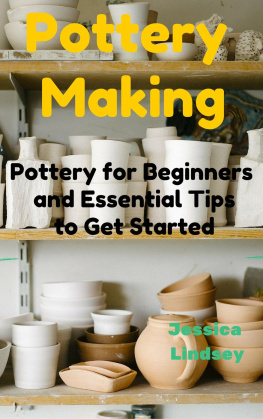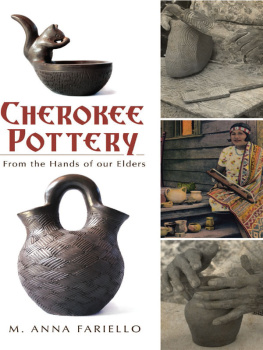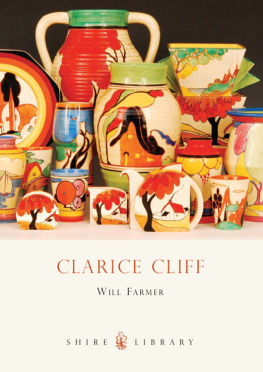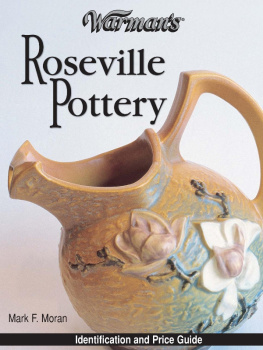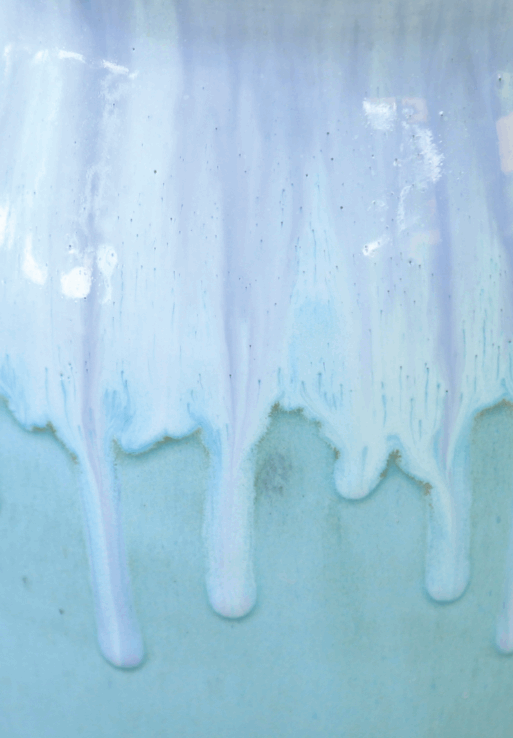
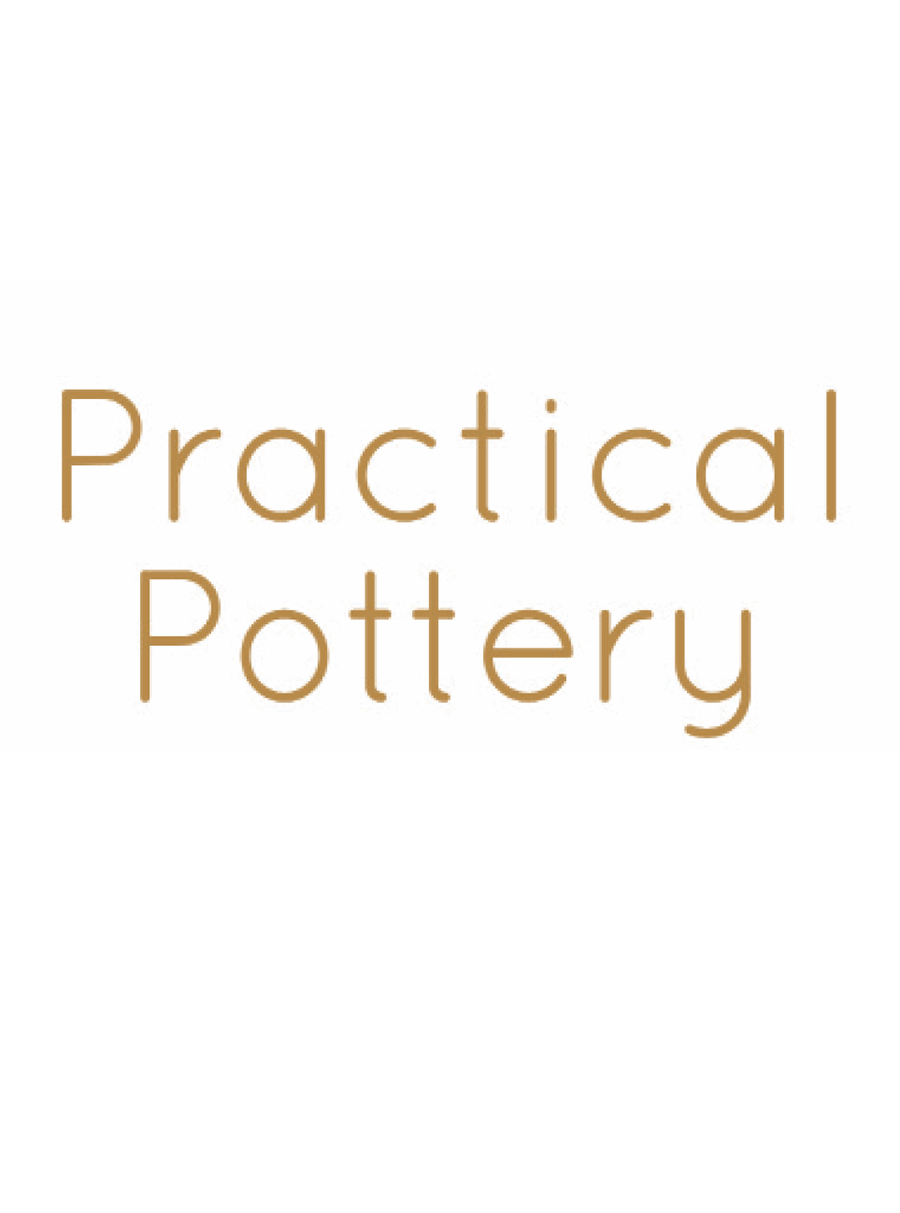

Copyright 2020 by Jon Schmidt.
Published by Mango Publishing Group, a division of Mango Media Inc.
Cover Design: Elina Diaz
Cover Photo/illustration: Jon Schmidt
Layout & Design: Elina Diaz
Mango is an active supporter of authors rights to free speech and artistic expression in their books. The purpose of copyright is to encourage authors to produce exceptional works that enrich our culture and our open society.
Uploading or distributing photos, scans or any content from this book without prior permission is theft of the authors intellectual property. Please honor the authors work as you would your own. Thank you in advance for respecting our authors rights.
For permission requests, please contact the publisher at:
Mango Publishing Group
2850 S Douglas Road, 2nd Floor
Coral Gables, FL 33134 USA
For special orders, quantity sales, course adoptions and corporate sales, please email the publisher at or +1.800.509.4887.
Practical Pottery: Pottery Projects and Techniques for Creating and Selling Mugs, Cups, Plates, Bowls, and More
Library of Congress Cataloging-in-Publication number: 2020934377
ISBN: (print) 978-1-64250-222-0, (ebook) 978-1-64250-223-7
BISAC category code: CRA028000, CRAFTS & HOBBIES / Pottery & Ceramics
Printed in the United States of America
To my children.
Table of Contents
Being a potter is like being a parent.
For a short time, you care for them,
You love them,
You mold them,
You guide them through t heir life.
There are ma ny stages.
In the beginning things are very messy, you have to get your ha nds dirty.
Eventually things becom e routine.
Things get hot, but they almost always make i t through.
Sometimes they turn out a little different than expected, but you actuall y love it!
And then when your time is up, they are finished.
They are ready t o move on.
All you can do is hope that the shaping you did, and the vision you had for them, is enough for them to go out and live a full and h appy life.
A life doing what they were meant to domake oth ers happy.
My hope for you is that you will discover what you love, do it forever, and have it bring joy to the world.
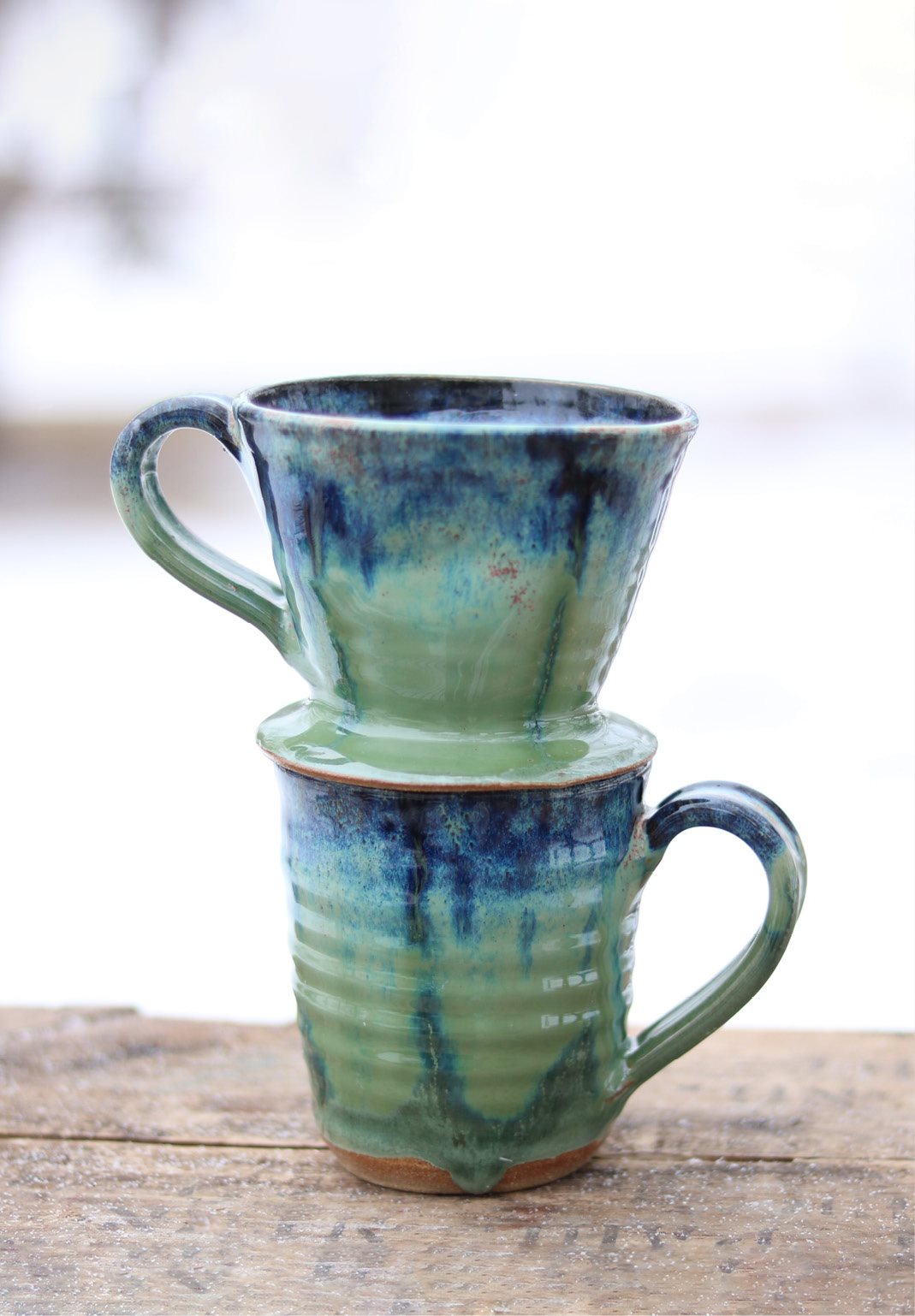
Another pottery book? Does the world really need another book about ceramics an d pottery?
Hold on a second. You havent even read it yet. You know what they say: Dont judge a book by its cover. Or, in this case, dont judge a book by its topic.
Sowhat is this pottery book and what makes it different?
Well I am so glad you asked
My name is Jon Schmidt, and I am obsessed with making functional pottery that can be used on a daily basis. My family and I own three coffee shops called Mocha Monkey, and we use handmade pots for EVERYTHING! If you come get a coffee, we have twelve, sixteen, and twenty ounce mugs for you to enjoy your latte in. If you order a delicious chicken and wild rice soup, we have sixteen ounce cups and twenty ounce bowls for you to enjoy and admire. Even our tables are adorned with handmade planters and plants arranged by the local floral shop. If you like what you are using, you can buy it or find one on the shelves jus t like it.
My point in telling you this is not to make Mocha Monkey sound amazing (even though it is). My point is that handmade pottery can be used for everything! From cups to mugs, plates to bowls, teapots, teacups, beer steins, candle holders, and so much more! The possibilities of form, function, and finish are trul y endless!
So back to this book thing Jon, why write a book about it?
Well, the truth is that pottery and ceramics are traditionally a very complex mix of expensive equipment, complicated chemistry, and a lot of recipes that look like they might be written in a different language. There are lots of books about whats inside clay and glazes, how to make different clay and glaze, and what happens at exactly certain temperatures inside the kiln. This is NOT that book! Yes, that stuff is important, and yes you can go as deep down the rabbit hole as you want til you end up with a never ending chemistry lesson. I am here to tell you that you do not have to know everything to fall in love with clay, pottery, and making handmade art that yo u can use!
And while, yes, fancy electric wheels and brand-new kilns are expensive, you dont need to spend a lot of money to make a great mug (or bowl , or cup).
Thi s book is:
A brief introduction for beginners to pottery an d ceramics
A testament to how amazing it is to create functional pieces y ou can use
A guidebook for how to think about starting to sell and distribute y our pieces
A compendium of different projects, techniques, and ideas for anyone, whether you have thrown zero pieces or 100,000
Its amazingly satisfying to drink from mugs that you crafted, to eat meals off plates that you spun on the wheel, and to see your family and friends enjoying their lives using ware that came from your hands. Every pot you make and others use is like sharing a little bit of y our story.
Most importantly, everything tastes better out of handmad e pottery.
My Journey into Clay
One of the most common questions I get from people is, how did you get i nto clay?
My first experience with clay was similar to many others: a high school ceramics class. I remember it very clearly. My first teacher was Mr. Dorn, the sweetest old man youll ever meet, who cared so much about sharing his love for clay. As with many high school courses it was about fifty minutes long, which means the first ten to fifteen minutes of the class was setting up and the last ten to fifteen minutes was cleaning up. This left about twenty to twenty-five minutes to actually work in claynot long enough. After finishing a few ceramics courses in high school, my pieces wereterrible. Yup, they were heavy, off-center, rough around the edges, and I felt the same way about ceramics as I did about lunch period: a fun way to hang out with friends and get a lit tle messy.
After high school ended, I went to Gustavus Adolphus College in St. Peter, MN, to play basketball. I quickly met my wife, who was also a basketball player and an art major. After a year of basketball, I came to terms with the fact that I would not be playing in the NBA and that I had to see what the world had to offer outside of playing sports. Two years into my business management degree, I decided to study abroad in India on a program called Social Justice, Peace, and Development. This trip impacted my life dramatically and is what would end up leading me to ceramics.
Typically, a course like wheel-thrown ceramics was not an option for business majors because they filled up quickly with art majors. While in India, I was allowed to register for classes before the rest of the school because of an unreliable internet connection. Knowing that I would only be able to get into a wheel-throwing class because I had the chance to register before the rest of the school, I quickly signed up to fulfill my necessary art credit. I was also lucky enough that my then girlfriend (now wife) was an art major, so she also was able to take the class with me Ghos t , anyone?
Next page
